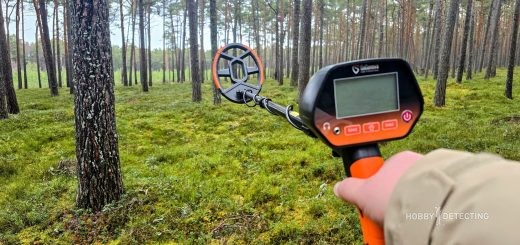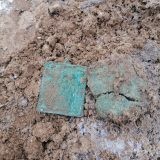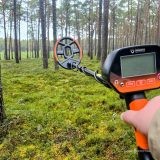Fisher F70 Detector – My Favorite Settings
I recently had a chance to chat on one of the most popular treasure hunters forum on the topic of our beloved Fisher F70. As always, in such cases, the discussion began about measuring the depths and the sensitivity to other well-known brands of metal detectors. Well, we are not people or what? And so, immediately a reader turned to me, saying that he recently had acquired the Fisher F-70, and so on, for two months. He tried to understand the detector, but could not get used to it. He asked what I could advise. Well, in response, I threw him a link to an article posted on this site. After some time, the answer he wrote was “I read it, but honestly, I did not understand anything.” I decided to read for myself what I had written and understood that if I had read this material in the first two years of using this device, I would have understood nothing.
So, the Fisher F70, a very simple, but at the same time very effective model of a metal detector. All the settings are a balance between the two functions of the device. Threshold and sensitivity. The threshold is responsible for the depth and sensitivity of detecting small targets, the sensitivity for the depth of detection of large targets, naturally, the larger the target, the deeper it can be detected. In general, the Americans, while creating the Fisher F70, expected that it is for searching for coins, and the threshold is the setting for searching for fine native gold and even gold dust. But in the conditions of our fields, threshold became a very necessary option on the device when searching for small coins. However, as the power of the threshold increases with a decrease in the depth of the large signals, the device begins to phantom pretty much from any wrought iron. Let’s look at an example.
I go out in the field and, for example, I know that there were no small silver coins here before, or maybe some, but little, and uninteresting. Therefore, I set the sensitivity mode to the maximum possible figure of 95. From the beginning, I tried 99, but the device started to give false signals, even after the ground balance was adjusted. After setting the maximum sensitivity, I turned to the threshold and in fact set the depth of the threshold. As a rule, with a sensitivity of 95, the threshold is set to -3 or -4. With this combination of settings, I set the device to search for coins and other interesting metal pieces. At the same time, you can safely turn off the signals on the big iron items because the device behaves stably and does not produce extra pings. Why turn off the signals on the ferrous metal? Because on a standard agricultural field, after a couple of hours, either your ears start to hurt, or your back breaks after all the digging.
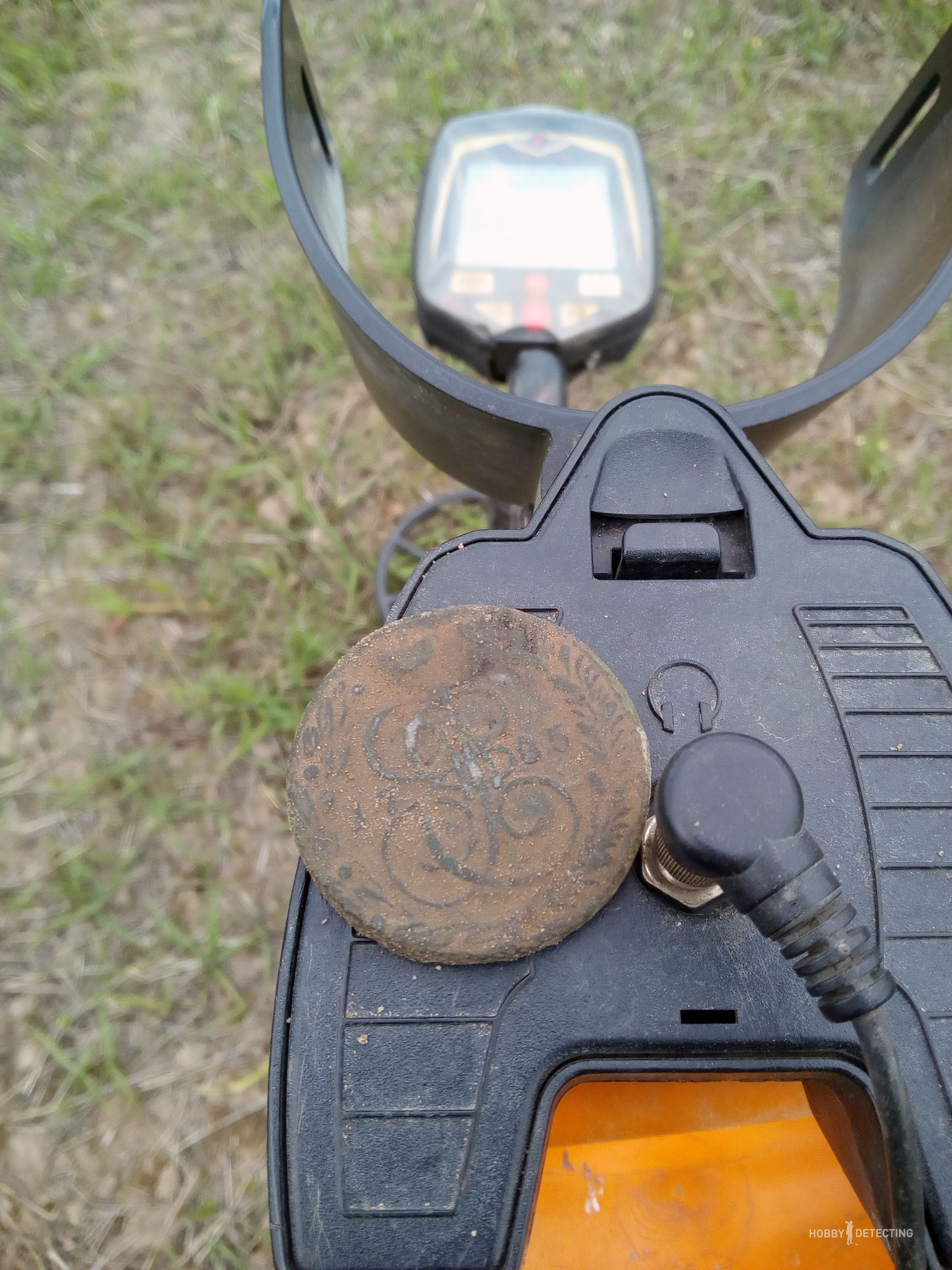
When scouting new places, when it is necessary for a certain time to walk a dozen kilometers across the fields, I set the averaged settings. Sensitivity at 80, threshold -1, and discrimination at 1. These are the settings for the maximum sensitivity of the device with the fastest possible swinging of the coil. In this version of the settings, the detector sees small silver coins. Theoretically, when deliberately searching for small silver coins, you can use the threshold mode at the maximum, and the sensitivity can be built below the threshold. Why do I write “theoretically” because I myself tried to do this in a place where there was a village. As a result, I found a small children’s necklace cross at a good depth, but it was with silver coins that I was not very lucky. With this combination, the tone signal in the headphones changes, which is why you need to re-configure your own sensitivity. And yet, the device becomes overly sensitive to iron. I plan in the near future to test this variation of settings on a plowed-up field.
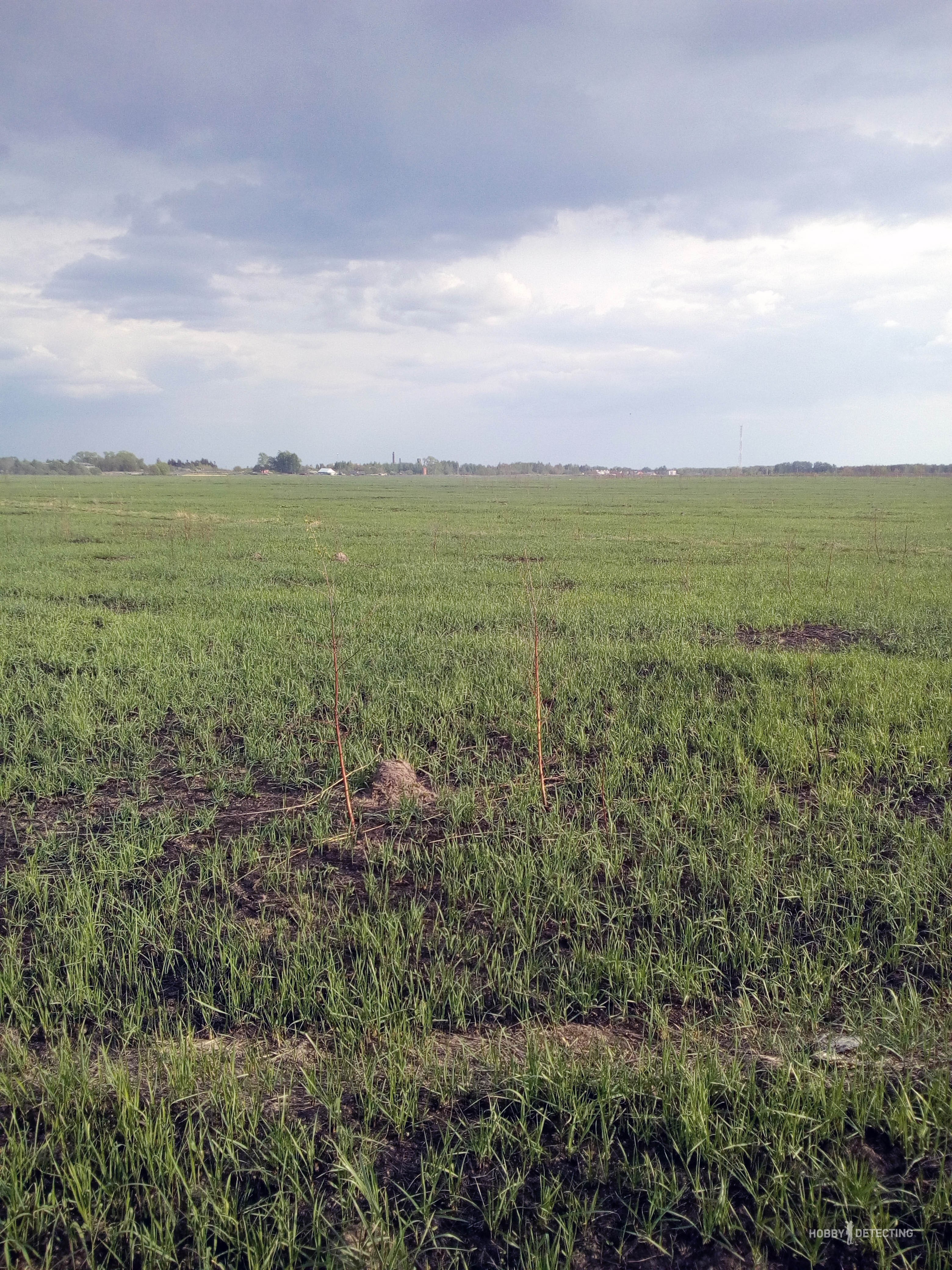
“SLOW” mode – As I understood, according to the plan of the developers, this program on our device should give the opportunity to search for deeper signals in conditions of slow searching. Frankly, I could not understand this option on the device. And for stable operation, it is necessary to immediately reduce the sensitivity of the device by 20 points. I can assume that this program was developed specifically to search for gold. As in the conditions with a lot of forged iron from the 17th-century settlement, the device comes down with false signals. I tested the device with the SL mode on the spot where I found a wallet. The place was first detected in the standard settings of the DE mode, I set the slow mode, I could not find anything on the “empty” place. Again, maybe I didn’t understand the functionality correctly. Here, for example, I just re-read the instructions and there the developers recommend combining the SL program with an increased level of threshold noise. Well, I do not know. I think in the near future I will check this combination in another place.
Here, in principle, are all the instructions for the use of the metal detector Fisher F70. If I have a new discovery on the application of this device, I will definitely write an addition to the same article, if you have questions, write them in the comments, we will discuss it!

